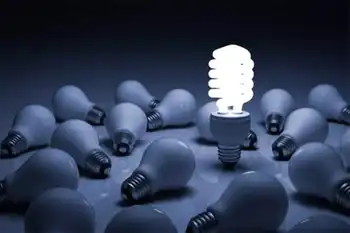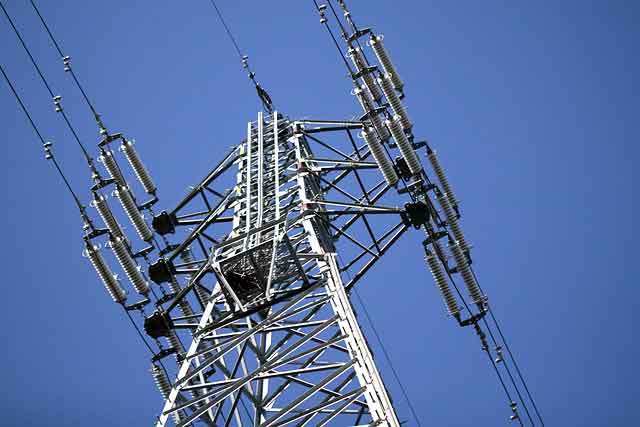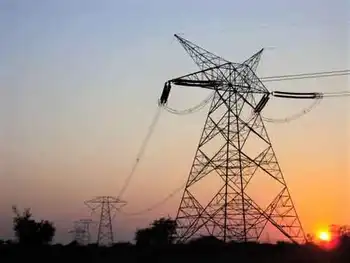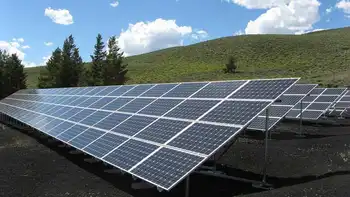Make room, cable and DSL: High-speed Internet service via power lines is becoming a reality
WASHINGTON, D.C. - Imagine getting your high-speed Internet service through an electrical outlet on your wall. Tens of thousands of Americans already have that option, and potentially millions will have it within the next few years.
Small trials using power lines to deliver broadband Internet access have popped up around the country, serving consumers who don't have access to cable or a telephone line for DSL (such as the growing number of people who use cell phones instead of conventional phone service). Power companies, partnering with Internet providers, last month began servicing residents in suburban Pittsburgh and small swaths of Michigan. A broadband power-line provider called Current Communications Group LLC just cinched a $150 million, 10-year deal with TXU Electric Delivery to deliver service to as many as 2 million Texans.
An investment team made up of Google, Goldman Sachs Group, and Liberty Associated Partners raised an estimated $100 million for Current earlier this year.
The big IT companies are involved, too. Cisco Systems' Linksys division makes broadband power-line modems, IBM has partnered with a Houston utility company to develop services, and Internet service provider EarthLink plans small trials of the service next year. Research firm Telecom Trends International predicts that broadband power-line revenue could reach $4.4 billion by 2011, up from 2004's $57.1 million.
Current Communications sells service up to 3 Mbps, hoping to eventually increase to 25 Mbps. The company plans "triple-play" services and will launch voice-over-IP services via power lines in Cincinnati in February and branch into video in coming years, Current VP Jay Birnbaum says. "This technology in the course of the next five or 10 years is going to be able to compete on par with cable, DSL, and the other guys," Birnbaum says.
Lingering issues could muddy things for providers. Amateur-radio operators, a particularly vocal force, have long argued power-line broadband interferes with radio signals, and new FCC rules require broadband power-line systems to be able to filter frequencies where interference occurs and shut down remotely to resolve interference. Also, electric noise on the wires can degrade IP signals, but providers say new technologies are helping them better control that problem.
Related News

After rising for 100 years, electricity demand is flat. Utilities are freaking out.
WASHINGTON - The US electricity sector is in a period of unprecedented change and turmoil. Renewable energy prices are falling like crazy. Natural gas production continues its extraordinary surge. Coal, the golden child of the current administration, is headed down the tubes.
In all that bedlam, it’s easy to lose sight of an equally important (if less sexy) trend: Demand for electricity is stagnant.
Thanks to a combination of greater energy efficiency, outsourcing of heavy industry, and customers generating their own power on site, demand for utility power has been flat for 10 years, and most forecasts expect it to stay that…




